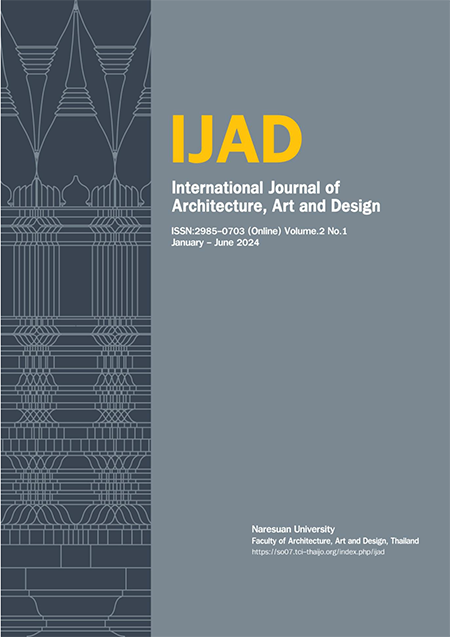Preservation of Traditional Culture and Creativity Towards the Future of Hoi An City, Vietnam
Main Article Content
Abstract
Hội An World Cultural Heritage Site, located on the banks of the picturesque Hoài
River, is considered the “Peaceful Meeting Place” of Central Vietnam because it provides a
sense of comfort and peace, as well as ancient features that may not be found in other cities.
Around the 16th century, Hội An became the major trading port in Cochinchina (the South
of Vietnam) with the exchange of many international merchant ships that created unique
cultural intersections. The Japanese Covered Bridge, the Chinese Fujian Assembly Hall, the
Chăm people's Bá Lễ well, the Vietnamese Trần Family Chapel, and many other historical
relics have made it a lively, colourful museum, bearing the mark of many cultures throughout
the world.
Today, Hội An has a distinctive appearance with lanterns and modern Asian and
European-style coffee shops, as well as a rustic appearance with small alleys and ancient
houses under moss-tiled roofs. The tranquillity of beautiful vestiges from the past is still
preserved here, despite the fast pace of modern life. It is also blessed by nature, as evidenced
by the Chàm Islands, Cửa Đại beach, Hoài river, Bảy Mẫu nipa palm forest, etc. The
friendliness and hospitality in the eyes and smile of the local people, serve to make Hội An,
an even more attractive destination. All create an irresistible attraction to anyone who has
ever set foot in this land. This city's cuisine is also a major drawcard for visitors. Special and
unique specialties with culinary value that cannot be found elsewhere include Cao Lầu,
Quảng noodles, chicken rice, white rose dumplings, wontons, etc. Each dish contains
sophistication in the combination of ingredients and processing along with its long-standing
tradition that will appeal to all diners.


